JL Audio E-Sub Manual
Læs gratis den danske manual til JL Audio E-Sub (184 sider) i kategorien Subwoofer. Denne vejledning er vurderet som hjælpsom af 24 personer og har en gennemsnitlig bedømmelse på 4.2 stjerner ud af 12.5 anmeldelser.
Har du et spørgsmål om JL Audio E-Sub, eller vil du spørge andre brugere om produktet?

Produkt Specifikationer
| Mærke: | JL Audio |
| Kategori: | Subwoofer |
| Model: | E-Sub |
Har du brug for hjælp?
Hvis du har brug for hjælp til JL Audio E-Sub stil et spørgsmål nedenfor, og andre brugere vil svare dig
Subwoofer JL Audio Manualer
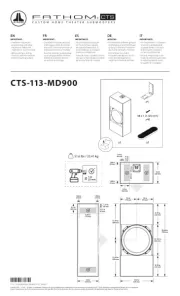
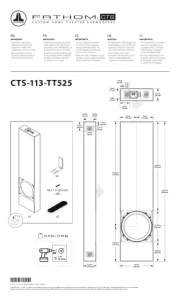
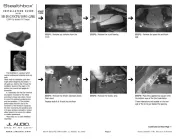
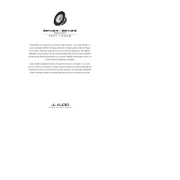
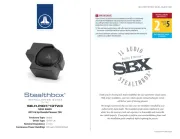
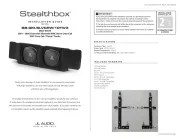
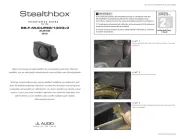
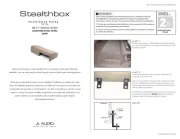
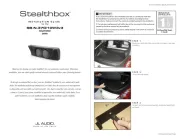
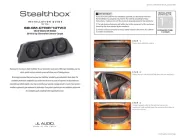
Subwoofer Manualer
- Onkyo
- Behringer
- Grimm Audio
- LG
- Memphis Audio
- Vonyx
- B&W
- DS18
- Skar Audio
- Mackie
- Boston Acoustics
- Theater Solutions
- Arcam
- Earthquake Sound
- Gemini
Nyeste Subwoofer Manualer









